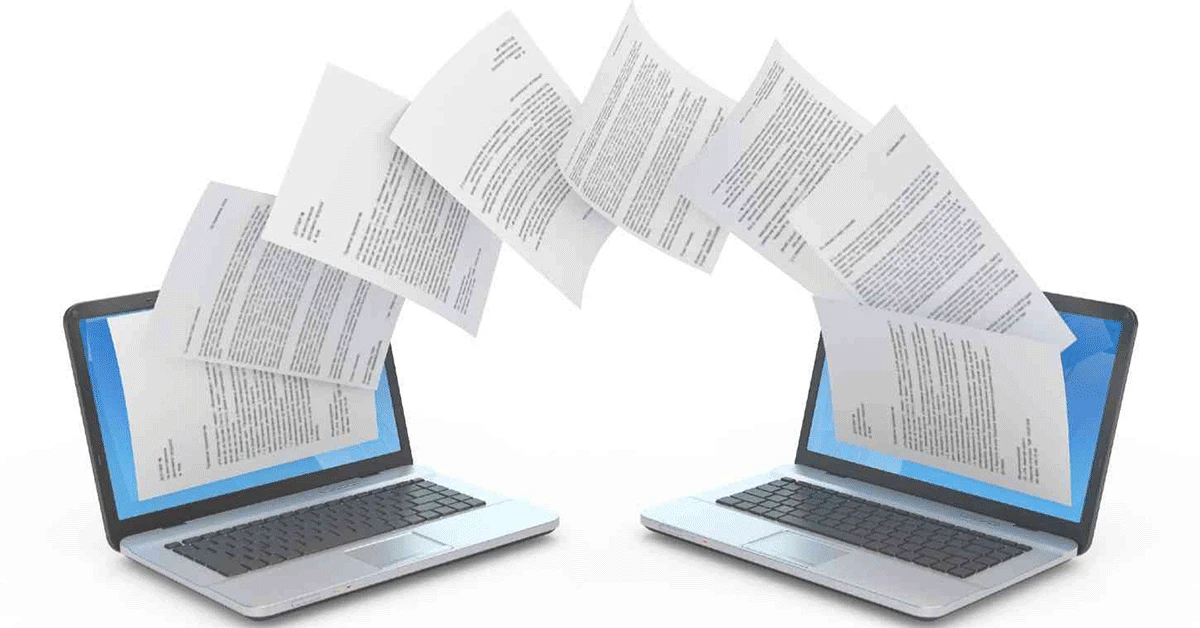Editors' Update - supporting editors, every step of the way.

Infelizmente, não oferecemos suporte total ao seu navegador. Se for possível, atualize para uma versão mais recente ou use o Mozilla Firefox, o Microsoft Edge, o Google Chrome ou o Safari 14 ou mais recente. Se não conseguir e precisar de suporte, envie seu feedback.
Gostaríamos de receber seu feedback sobre essa nova experiência.Diga-nos sua opinião abre em uma nova guia/janela
7 de dezembro de 2021
Por Katie Eve, Catriona Fennell, Adam Fraser

Guidelines to help editors determine whether prior research should be considered formally published
© istockphoto.com/Model-la Authors are increasingly sharing the results of their research in different ways, beyond traditional journal articles and in ever more varied formats. Consequently, as an editor, you may have encountered instances when it is unclear whether publishing a piece would be appropriate. In this article we aim to equip you with guidance to help decide whether research should be regarded as formally published, or not.
We begin by asking the fundamental question: why do journals have policies prohibiting prior or simultaneous submission? First, redundant publications imbalance the relative importance of published findings. This is not simply a case of extra “noise”: meta-analyses are the basis for medical guidelines and policy making, thus duplicate publication brings real-world implications for individuals and society abre em uma nova guia/janela. Second, redundancy in publications hampers researchers’ ability to find critical information quickly and efficiently. This also extends to editors (and reviewers) who shouldn’t be asked to spend their limited time evaluating the same work multiple times abre em uma nova guia/janela. Third, is the issue of fairness: authors who pad their résumés with redundant publications may gain an unfair advantage over authors who play by the rules.
Elsevier has previously clarified that it does not view an abstract, academic thesis or preprint to be prior publication because these are deemed to provide different and complementary services to formal journal publications. Even then, it is not always straightforward to identify prior works as belonging to these “allowed” categories, but tools to help editors establish this are slowly catching up. For instance, preprints are tagged as such in CrossRef Similarity Check to help editors avoid misinterpreting a match to an author’s own preprint as a duplication. Our tips & tricks abre em uma nova guia/janela, linked from the plagiarism detection page, provide information on this feature; further enhancements to improve transparency around preprints are planned.
For other types of earlier works, such as conference papers/proceedings, government reports, working papers, laboratory reports, cumulative theses, work that was rejected but remains available on a platform, and more, it can be difficult to decide whether these works are considered prior publication. To help determine whether formally publishing a prior work in the journal would be appropriate, editors should consider the following questions, seeking information from the author as required:
Was copyright for the earlier work transferred from the author to a third party, or an exclusive license granted by the author to a third party? If so, Elsevier cannot legally republish the paper without permission from that third party. For open access publications, even if the prior work was published under a license that permits republication, editors should consider the other questions offered here to determine whether this would be appropriate and progress the scientific discourse.
Does the earlier work have a Digital Object Identifier (DOI)? If not, then it was almost certainly not formally published. However, while a formal publication will always have a DOI, having a DOI does not necessarily signify formal publication. For example, preprints and conference abstracts will often have a DOI but can legitimately be republished in most cases.
Similarly, did the earlier work appear in a publication with an ISSN? If so, given ISSNs identify a publication such as a journal or book series, the work would almost certainly be considered already formally published.
Was the earlier work peer reviewed, and to what extent/standard? This can be highly variable e.g., the rigour of peer review can vary significantly between conferences, even within a single field.
Editors have the flexibility to allow for field differences. In computer sciences, for example, presentation of a work as part of a conference is often regarded as formal publication, more so even than publication in a journal, because of the rigorous peer-review process undertaken for conference submissions, and the historical development and cultural interactions of the field. In other fields, conference papers are considered purely preliminary. For this reason, we suggest the critical questions an editor should ask themselves are these:
If this earlier work were listed on an author’s résumé, would it have (near-) equivalent status to a peer-reviewed journal article?
Would this research community recognize the work as a formal part of the literature?
Is the research sufficiently developed from earlier work to justify a new publication in the form of a journal article? For example, an author may build on a preliminary conference paper with additional experiments, new data or further discussion.
Where the line is drawn will continue to evolve and change. For instance, under certain conditions, some editors permit republication of translations into English of work previously published in a journal in another language, provided there is clear acknowledgement (at submission and within the article itself) of the previous publication and that appropriate agreement has been made with the copyright holder. As automated translation software becomes ever more sophisticated, there will likely come a tipping point where republication of translations is no longer necessary. Elsevier will continue to assess our guidance to ensure it remains current.
We hope this article proves helpful for any future cases you may encounter that are not clear cut. As always, where needed, you can consult your publishing contact for advice.
